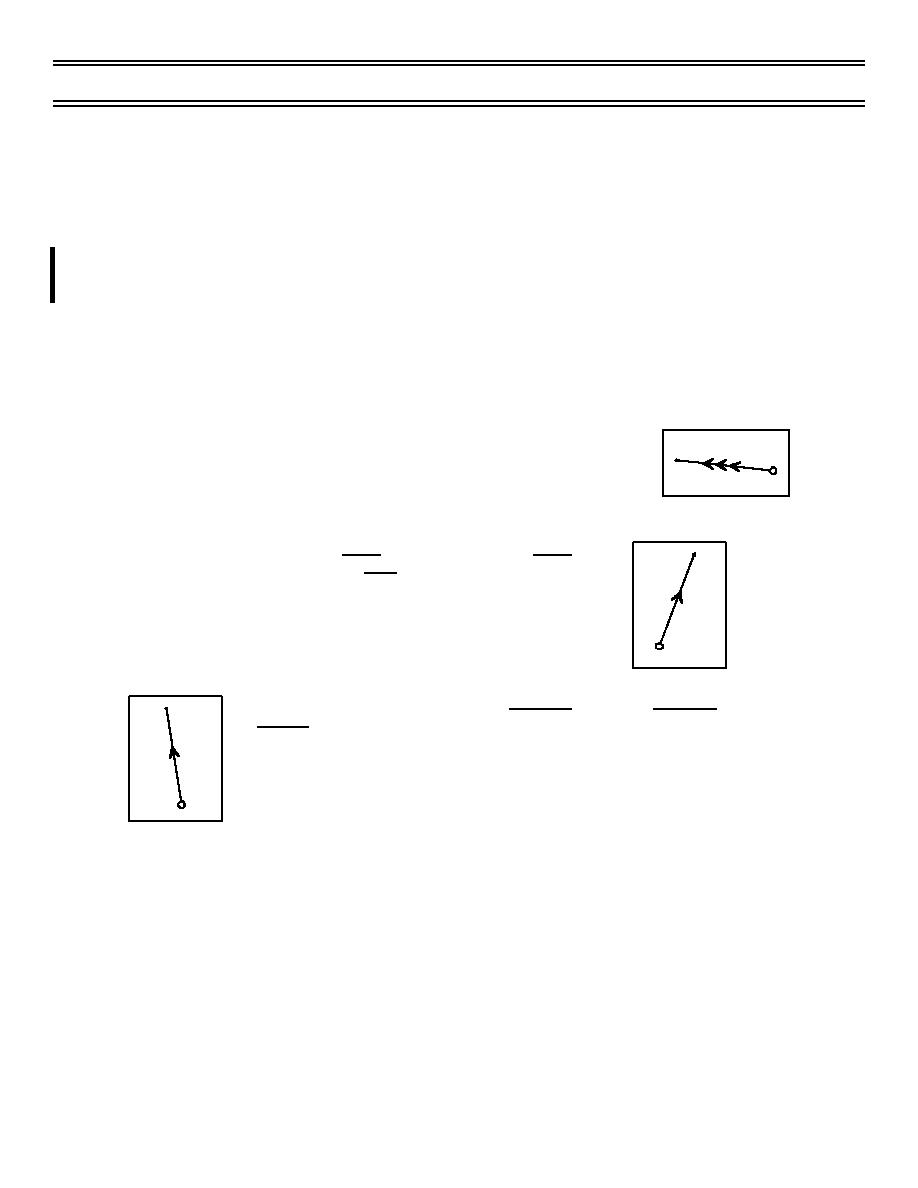
T-45A UJPT & E2-C2 INAV08
Fuel, Weather, and Alternate Airfield Planning
WIND SIDE
The primary use of the Wind Side of the Air Navigation Computer is to calculate the forecast ground
speed, which of course is utilized to determine time enroute and fuel required for each leg of the flight.
Another important use is a point-to-point calculation to determine a course and distance from destination
Initial Approach Fix (IAF) to the alternate Initial Approach Fix.
To solve these problems on any model of the circular computer consists of a simple arrangement for
setting up vector triangles.
The Wind Triangle
The wind triangle consists of:
The Wind Vector, made up of wind direction and velocity. Plotted on the wind
side starting at the grommet in the direction of the wind, its length represents the
velocity. On a plotting board it would be a solid line with three arrowheads.
The "AIR" vector, comprised of the TRUE heading (TH) and the TRUE
airspeed (TAS). The air vector always ends at the beginning of the
wind vector (the grommet on the computer) and represents the path
assuming no wind. On a plotting board it would be depicted as a
dashed line, with a single arrowhead.
The "GROUND" vector is made up of COURSE (CUS) and GROUND
SPEED (GS) and represents the path of the aircraft caused by the
wind. Its origin is the same as the air vector, and ends at the head of
the wind vector (or wind dot). On a plotting board it would be depicted
as a solid line, with a single arrowhead.
Page 8-12
(6-99) Original



 Previous Page
Previous Page
